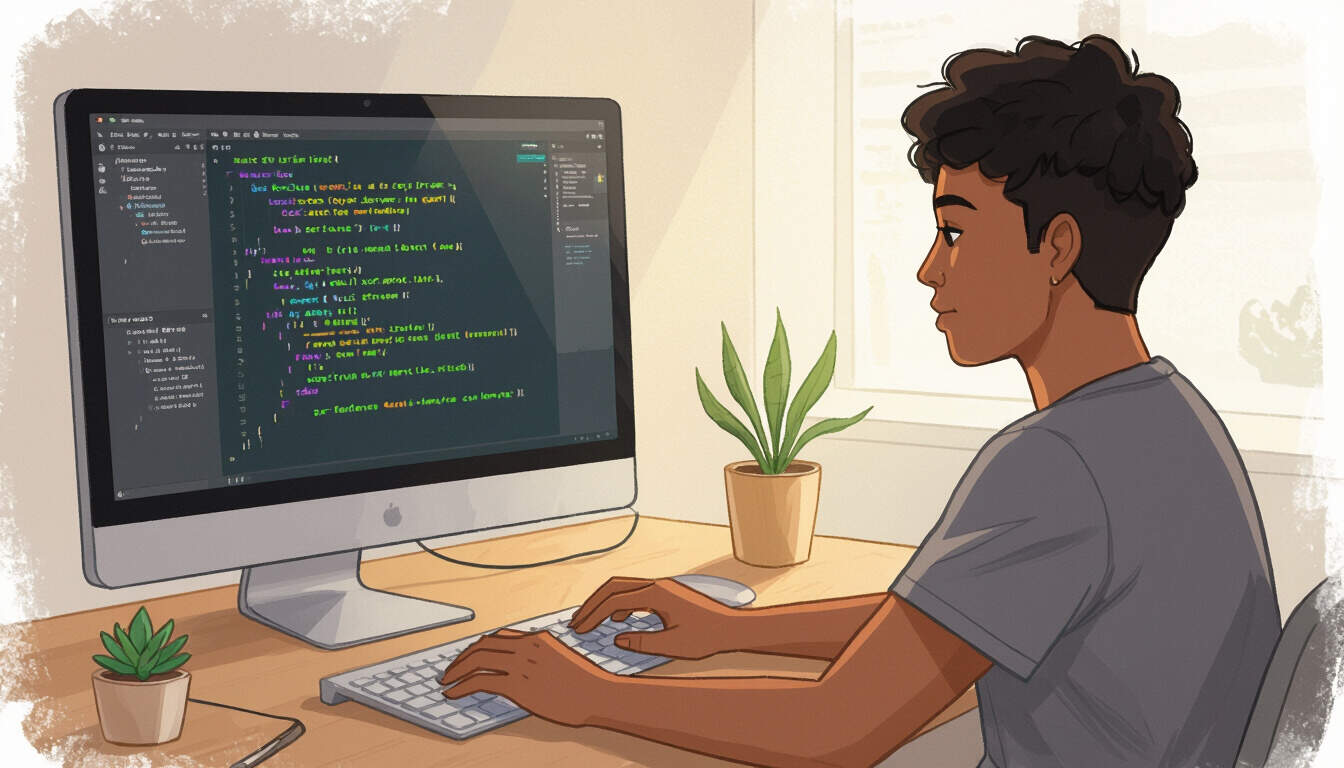Exploring Single-Page Applications for Freelance Web Development
 by Lilian Nienow
by Lilian Nienow
Single-page applications offer a smooth user experience, making them essential for freelance web developers. Learn how to build them with key tools and apply these skills to attract clients and grow your career in web development.

Single-page applications represent a key approach in modern web development. They load a single HTML page and update content dynamically, which can help freelancers deliver efficient projects.
Why Focus on Single-Page Applications?
In web development, single-page applications provide a seamless experience for users. This method reduces page reloads, allowing sites to feel more responsive. For those starting as freelance web developers, learning single-page applications opens doors to client work that demands speed and interactivity.
Many popular sites use this technique, giving freelancers an edge in the job market. By mastering it, you can create projects that stand out and meet client needs effectively. Consider how this skill fits into your overall goals as a web developer.
Essential Tools and Technologies
To build single-page applications, start with foundational technologies. HTML structures the content, while CSS handles styling to make interfaces visually appealing. JavaScript adds the interactivity that drives these applications.
Frameworks like React or Vue.js simplify the process for beginners. With React, for example, you can manage state and components easily. As a freelance web developer, picking up JavaScript early will speed up your progress and help in tackling real-world tasks.
Here is a simple list of steps to get started:
- Install a code editor like VS Code.
- Learn basic JavaScript concepts such as variables and functions.
- Experiment with a framework to build a small project.
- Test your application in different browsers to ensure compatibility.
Building Your First Single-Page Application
Once you have the basics, try creating a simple application. Begin by setting up a basic structure with HTML and add JavaScript to handle user interactions. For instance, you might build a to-do list that updates without refreshing the page.
This hands-on practice builds confidence and prepares you for freelance opportunities. As you work, focus on making your code clean and efficient. Remember, as a web developer, freelance projects often require quick adaptations to client feedback.
Consider using version control tools like Git to track changes. This habit not only improves your workflow but also makes collaboration smoother on team-based freelance jobs.
Applying SPAs in Freelance Work
Single-page applications can enhance your portfolio and attract more clients. Many businesses seek developers who can create fast, engaging sites for e-commerce or apps. By showcasing your SPA projects, you demonstrate practical skills that clients value.
To find freelance gigs, explore platforms where you can offer services. Start with smaller tasks to build experience and gather positive reviews. Over time, specializing in web development techniques like SPAs can lead to higher-paying opportunities.
Networking plays a role too. Join online communities to share your work and learn from others. This exposure can turn into steady freelance income as you gain visibility.
Overcoming Common Challenges
As you progress, you might face issues like managing application state or optimizing performance. Break these down into smaller problems and seek resources for solutions. For beginners, starting simple and gradually adding features keeps the process enjoyable.
Regular practice is key. Set aside time each week to work on new projects, which will refine your abilities as a freelance web developer.
Final Thoughts
Single-page applications offer a pathway to exciting freelance careers in web development. By building these skills step by step, you can create meaningful projects and connect with clients. Stay consistent, and watch your expertise grow into a rewarding profession.
